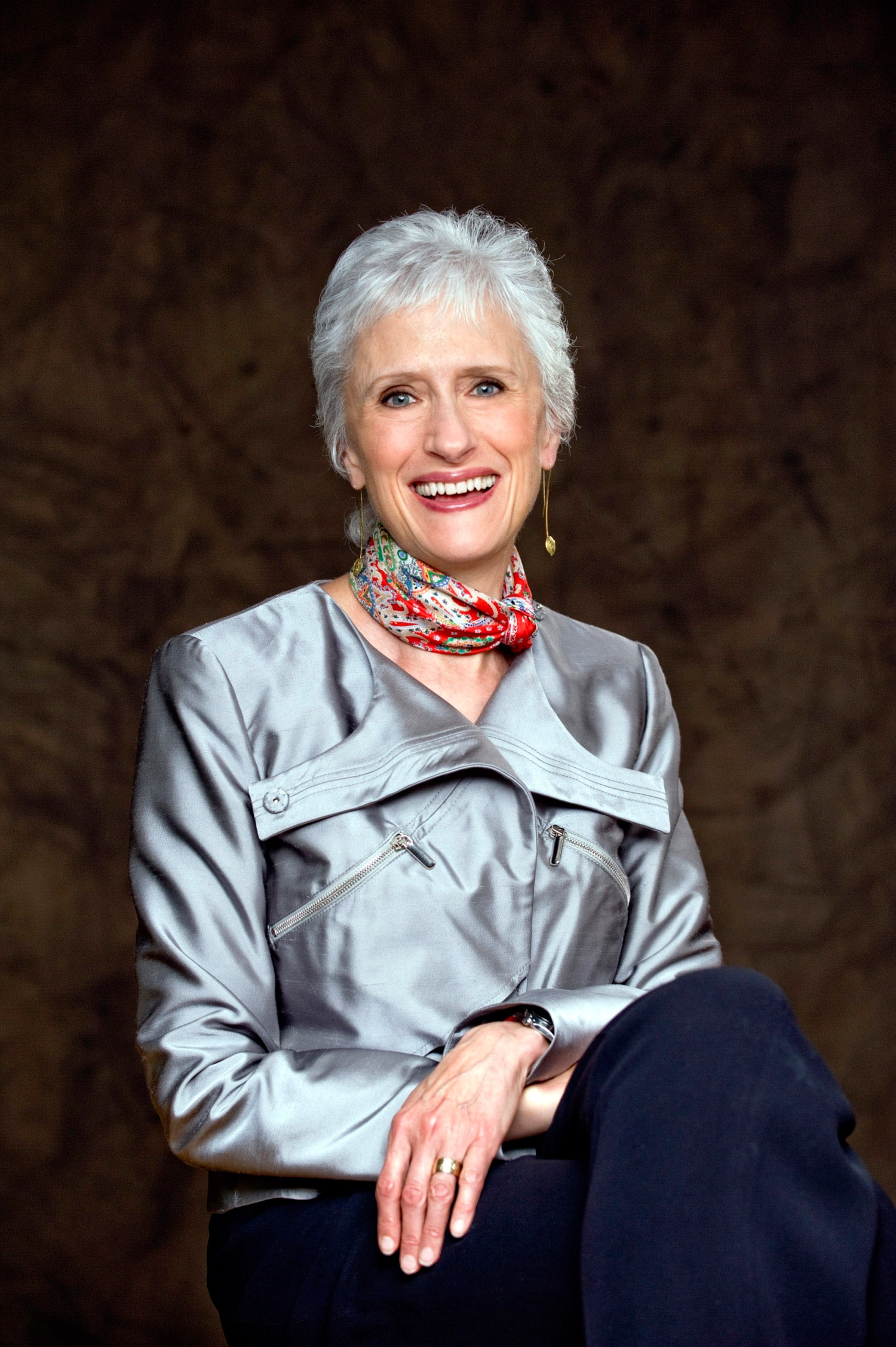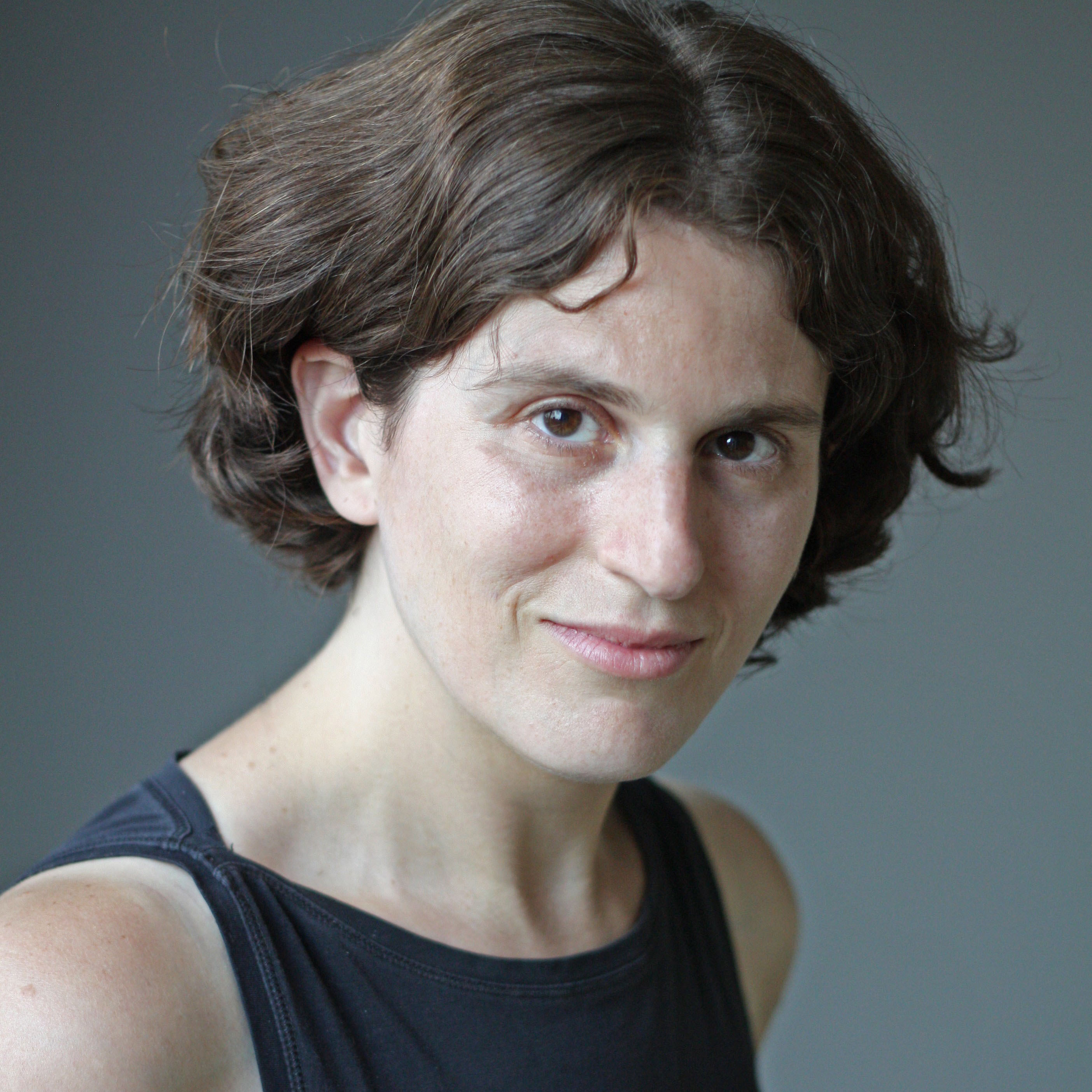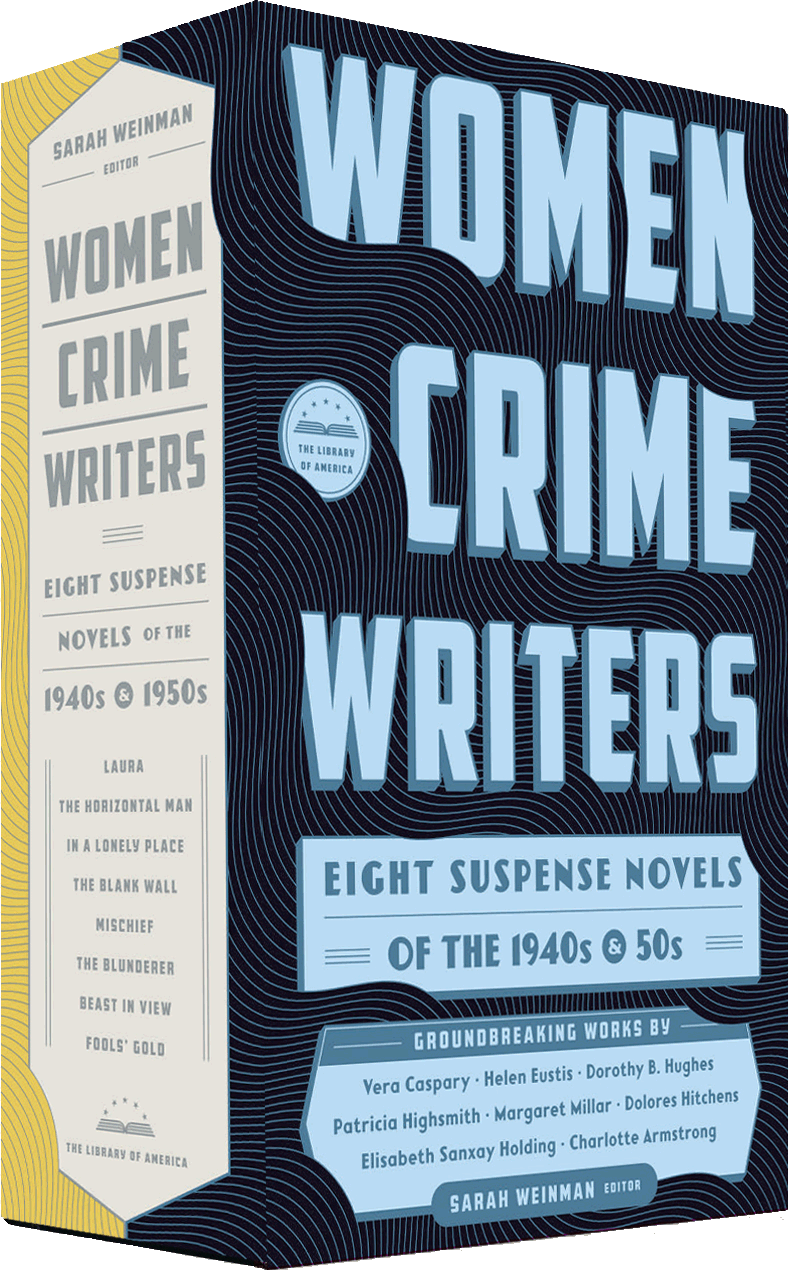Sara Paretsky on Vera Caspary’s Laura

Sara Paretsky
The life and desires of Laura Hunt are a reflection of those of her creator Vera Caspary. Like her heroine, Caspary carved a major professional life for herself at a time when it was both rare and hard for women to occupy that space. Coming of age at the end of the First World War, she moved to New York in 1925 and lived a Gatsby kind of life of wild parties (she was thrown into a china closet during one of them) and lovers. At the same time, she worked hard, built a career, and believed, at the end of her long life, that she had done what women are so often told they can’t: had a highly successful career and a fulfilling private life.1
Caspary apparently used Wilkie Collins as a model when she wrote Laura, so much so that she outlined The Woman in White to get to the bones of Collins’s structure. She adopted his narrative technique of alternating and multiple voices and modeled her villain on one of Collins’s, but the novel is entirely her own. Caspary used many conventions of the femme fatale—Laura is beautiful, she rouses erotic feelings in the men who meet her. Laura is indeed a novel about desire and appetite, but the desire is only tangentially sexual. Laura Hunt desires, as Caspary did, life lived on a large canvas: a career at the level of a man’s, a satisfying love life—including a good sex life—friendships, good food, good drink, theatre, art.
It’s the aesthete and journalist Waldo Lydecker, one of the three narrative voices in the novel, whose appetites spill over from desire into gluttony. Many contemporary crime writers add meals to their novels for background or filler, but the meals in Laura serve a deliberate narrative purpose. The dinner that Mark McPherson, the detective investigating Laura’s murder, eats with Waldo at the Golden Lizard shows Waldo as a figure in a Cruikshank or Daumier etching, gross and obsessed. Their conversation is repeatedly interrupted because Waldo must arrange seven or eight rich dishes and sauces just so. He consumes them all and then has seconds. In contrast, McPherson, whom Laura’s housekeeper describes as “a man,” doesn’t care much about the food. Laura herself eats abstemiously—a single poached egg for breakfast is the only meal we actually see her consume.
At the novel’s beginning, when we all—readers and narrators alike—are focused on Laura Hunt’s violent death, we are led to see her as Waldo Lydecker’s creation: he’s taken her to the theater, the ballet, the art galleries. He can’t bear for her to care more for other men than for him and feels betrayed by her decision to marry. Ultimately, Caspary makes clear that Laura is no Coppelia, no doll brought to life by Waldo as puppet master. Her painted portrait, which exercises such great fascination over McPherson that he purchases it, is of a woman in control. She wears business clothes, she’s holding gloves, ready to be in motion. Caspary fought with director Otto Preminger over the way he depicted Laura’s sexuality in his 1944 film version. Caspary’s rage, as she herself called it, remained so intense that decades after the film’s release, she attacked Preminger (verbally) when she found herself seated near him at a restaurant. (As a woman born half a century after Caspary, I admire and even envy the strength of her vision and her voice. When Disney butchered my own character, detective VI Warshawski in the 1991 movie of that title, using vulgar sex jokes and having my strong feminist detective perform a striptease in a taxi—I was angry but impotent—I never raged against the director or the producer.)
Vera Caspary wrote at the end of her life that in some ways she wished she’d been born a half century later, when the women’s movement had opened so many more doors for women, but she had lived “a grand adventure”—which might not have been possible in the 1970s.
1 Details of Caspary’s life are taken from A. B. Emrys’s 2005 essay, “All My Lives: Vera Caspary’s Life, Times and Fiction.”
Listen to recordings of the jazz standard “Laura” based on the 1944 film
Extras
Jewish Women’s Archive encyclopedia entry for Caspary
New York Times biography of Caspary
“My ‘Laura’ and Otto’s” by Vera Caspary, in the Saturday Review
Caspary writes about the film version of Laura directed by Otto Preminger.
“The Grand Adventure of Vera Caspary” by Jenny McPhee at Bookslut
Christopher Fowler writes about Caspary for The Independent’s “Invisible Ink” feature
“The Grandmothers of ‘Gone Girl'” by Laura Miller at Salon
Roger Ebert reviews the film Laura (1944)
The New York Times review of the film Laura (1944)
Watch the film trailer for Laura (1944), directed by Otto Preminger


 Sarah Weinman is widely recognized as a leading authority on crime fiction. She is the editor of Troubled Daughters, Twisted Wives: Stories from the Trailblazers of Domestic Suspense, which the Los Angeles Review of Books called “simply one of the most significant anthologies of crime fiction, ever.” She is the news editor for Publishers Marketplace, and her work has appeared in The New York Times, The Wall Street Journal, the National Post, and The Washington Post, among other publications.
Sarah Weinman is widely recognized as a leading authority on crime fiction. She is the editor of Troubled Daughters, Twisted Wives: Stories from the Trailblazers of Domestic Suspense, which the Los Angeles Review of Books called “simply one of the most significant anthologies of crime fiction, ever.” She is the news editor for Publishers Marketplace, and her work has appeared in The New York Times, The Wall Street Journal, the National Post, and The Washington Post, among other publications.